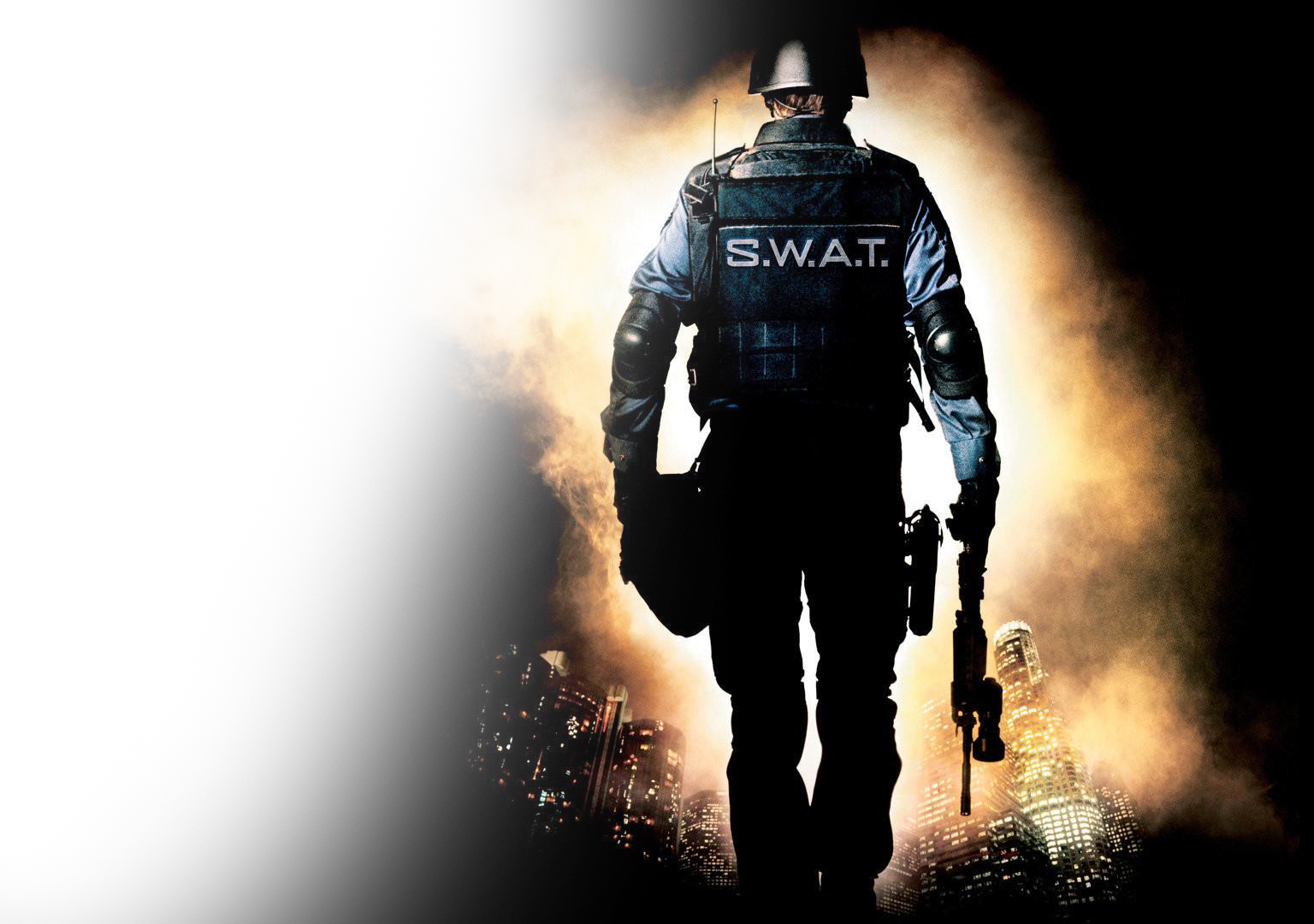

TACTICAL RESPONSE TEAM
Fewer than 20 percent of law enforcement critical incidents deal with actual hostage taking, and most crises are successfully resolved without loss of life. In fact, containment and negotiation strategies yield a 95 percent success rate in terms of resolving a hostage crisis without fatalities to either hostages or hostage-takers (HTs), which is a remarkable statistic for any form of lifesaving crisis intervention strategy.
There are three especially dangerous periods during a hostage crisis. The first is the initial 15-45 minutes when confusion and panic are likely to be greatest. The second is during the surrender of the HTs, when strong emotions, ambivalence, and lack of coordination among HTs and crisis team members can cause an otherwise successful resolution to go bad.
Finally, tactical assault to rescue the hostages carries the highest casualty rate, probably for two interrelated reasons. First, the very fact that tactical intervention is necessary indicates that all reasonable attempts to resolve the crisis by negotiation have failed, and that violence against the hostages has already taken place, or is imminent. Second, if a firefight ensues, the resulting panic and confusion may result in hostages being inadvertently killed or injured.
Consistent with the evolving conceptualization of law enforcement crisis teams as mutidimensional response units, the term used to describe these teams has broadened from hostage negotiation per se, to crisis negotiation teams, and the techniques and strategies are similar across the different types of crises they deal with. Different departments may have varying team structures, depending on their individual needs, but some basic, universal components of crisis team structure include the following.
The team leader is a senior officer who organizes the crisis response team, selects its members, plans and oversees training, and makes deployment decisions in emergencies. His or her role may overlap with that of the on-scene commander, who is the person in charge of the actual hostage crisis. This individual is responsible for everything that goes on at the crisis scene, from establishing perimeters and traffic control, to directing the activity of negotiators, to deploying the tactical team, to liaising with emergency medical and community services.
Of course, the essence of a hostage crisis response team is the negotiator. The preferred model is to have one primary negotiator and one or more secondary or backup negotiators. The backups take over if the primary negotiator is unable to establish sufficient communication with the hostage taker, if there are language or cultural barriers involved, or if the primary negotiator needs a break after many hours of talking.
continue